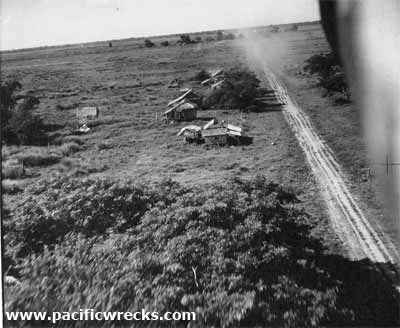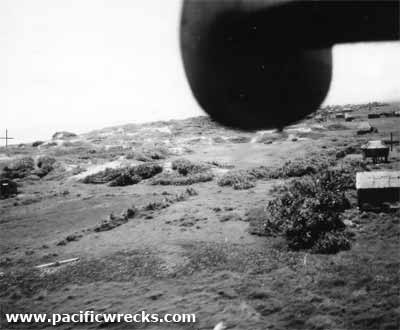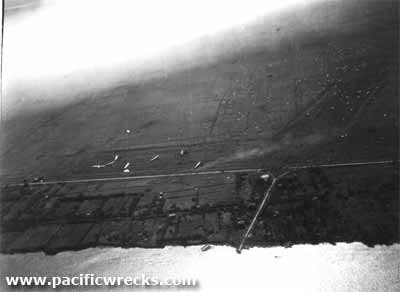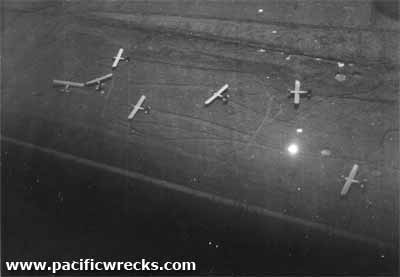|
|
|
|
| Missing In Action (MIA) | Prisoners Of War (POW) | Unexploded Ordnance (UXO) |
| Chronology | Locations | Aircraft | Ships | Submit Info | How You Can Help | Donate |
|
 345th BG January 14, 1945   17th TRS May 21, 1945    17th TRS June 23, 1945 |
Location Lat 18° 21' 18N 121° 39' 14E Aparri Airfield is located at located at 6' above sea level at Aparri to the east of the mouth of the Cagayan River in Cagayan Province on the northern tip of Luzon in the Philippines. Construction Built prewar as an emergency airfield with two runways: Aparri I (east) and Aparri II (south) located a short distance away at Camalaniugan. Wartime History On December 10, 1941 occupied by the Japanese Army and immediately put to use as an airfield to support the Japanese occupation of Luzon. Immediately Japanese Army Air Force (JAAF) aircraft from Formosa arrived at Appari Airifeld as their first base on Luzon. On December 21, 1941 the Japanese flew exiled Filipino Revolutionary, General Artemio Ricarte to Aparri Airfield to assist with the Japanese occupation of the Philippines. Tony Feredo adds: "The U.S. gliders landed at Calamaniugan, a short distance from the Japanese airfield, although it was said that Calamaniugan was also used as the airstrip." Japanese units based at Aparri 60th Sentai (Ki-21) 14th Sentai (Ki-21) American mission against Aparri January 14, 1945–August 7, 1945 Anticipated the U.S. might conduct an airborne assault in the Cagayan Valley, General Tomoyuki Yamashita positioned defenders in the area. In late February 1945, elements of the Japanese Army 103rd Infantry Division occupied the Aparri area including two regiments of infantry and two battalions of artillery under the command of Divisional Headquarters. On June 23, 1945 C-47s drop paratroopers from the 11th Airborne Division (11th Airborne), 511th Parachute Infantry Regiment (511th PIR) near Aparri at Calamaniugan near the mouth of the Cagayan River without incident. Soon afterwards, C-46 Commandos towing seven CG-4 gliders manned by the 188th Glider Infantry Regiment (188th GIR) also land without incident. This attack was the first and only time gliders were used in combat in the Pacific Theater. On the ground, the paratroopers linked up with a large force of Filipino guerrillas. Their combined force advanced southward until making contact with the U.S. Army 37th Division. Today Still in use today as Aparri Airport. Also known as Maura Airport. Airport code: ICAO: RPUA. References Index to Air Bases - Research Report No. 85, I.G. No 9185 - July 30, 1944 The 11th Airborne World War II - The 188th Glider Infantry Regiment Unit History "The last operation was Operation Aparri on June 23, 1945. 7 gliders were used, to drop troops, for the first time in the Pacific Theater. This was the end of the Luzon Campaign." U.S. Army Special Operations in World War II page 88 "Volckmann's guerrillas in a reconnaissance of enemy rear areas, and in June [1945] Company B and so of Blackburn's guerrillas, as part of a task force, seize the port of Aparri and a nearby [Aparri] airfield, clearing the way for the landing of the 11th Airborne Division." Thanks to Tony Feredo for additional information Contribute
Information Last Updated
|
Map Fallingrain Photo Archive View in Google Earth |
| Discussion Forum | Daily Updates | Reviews | Museums | Interviews & Oral Histories |
|